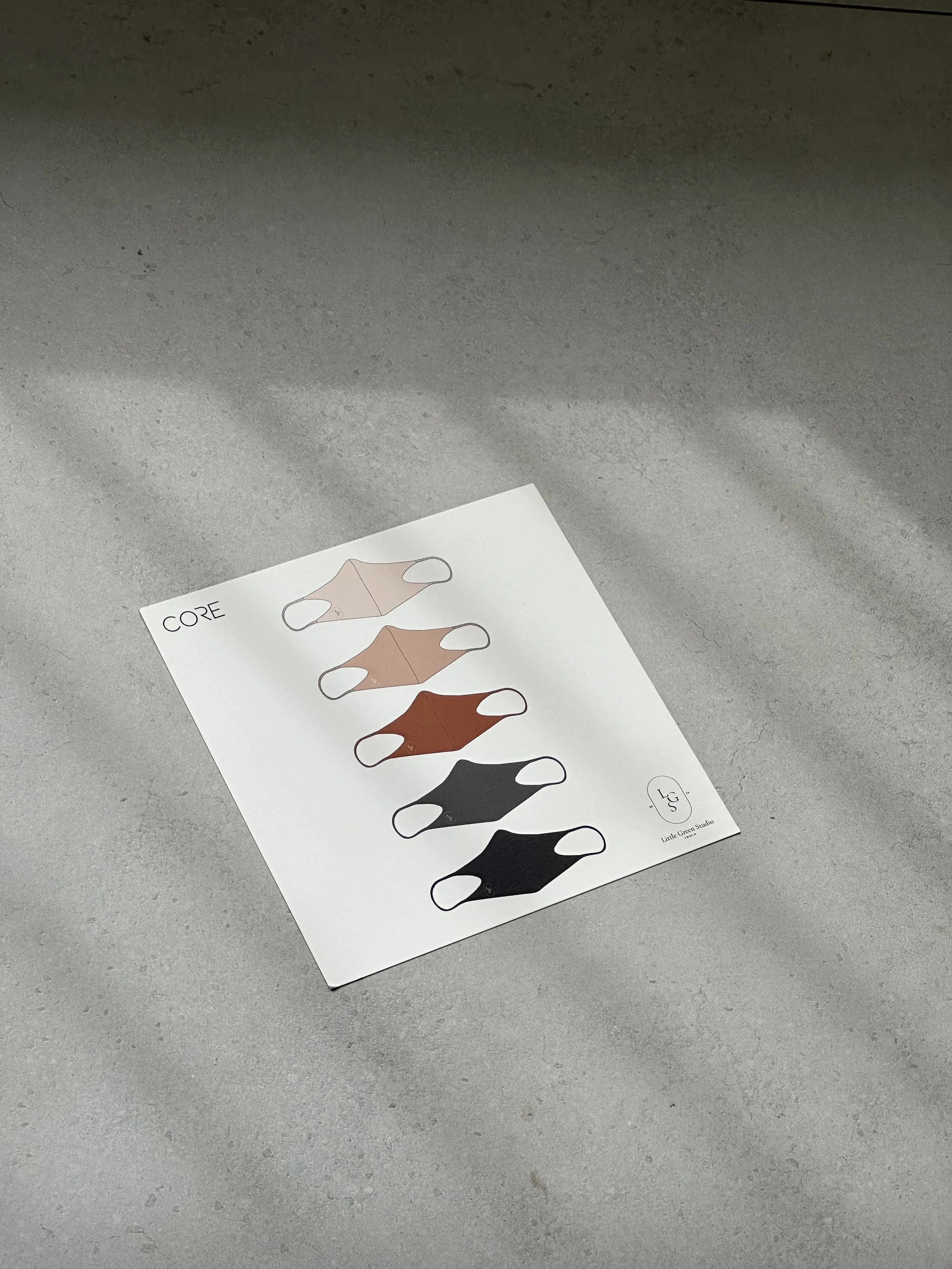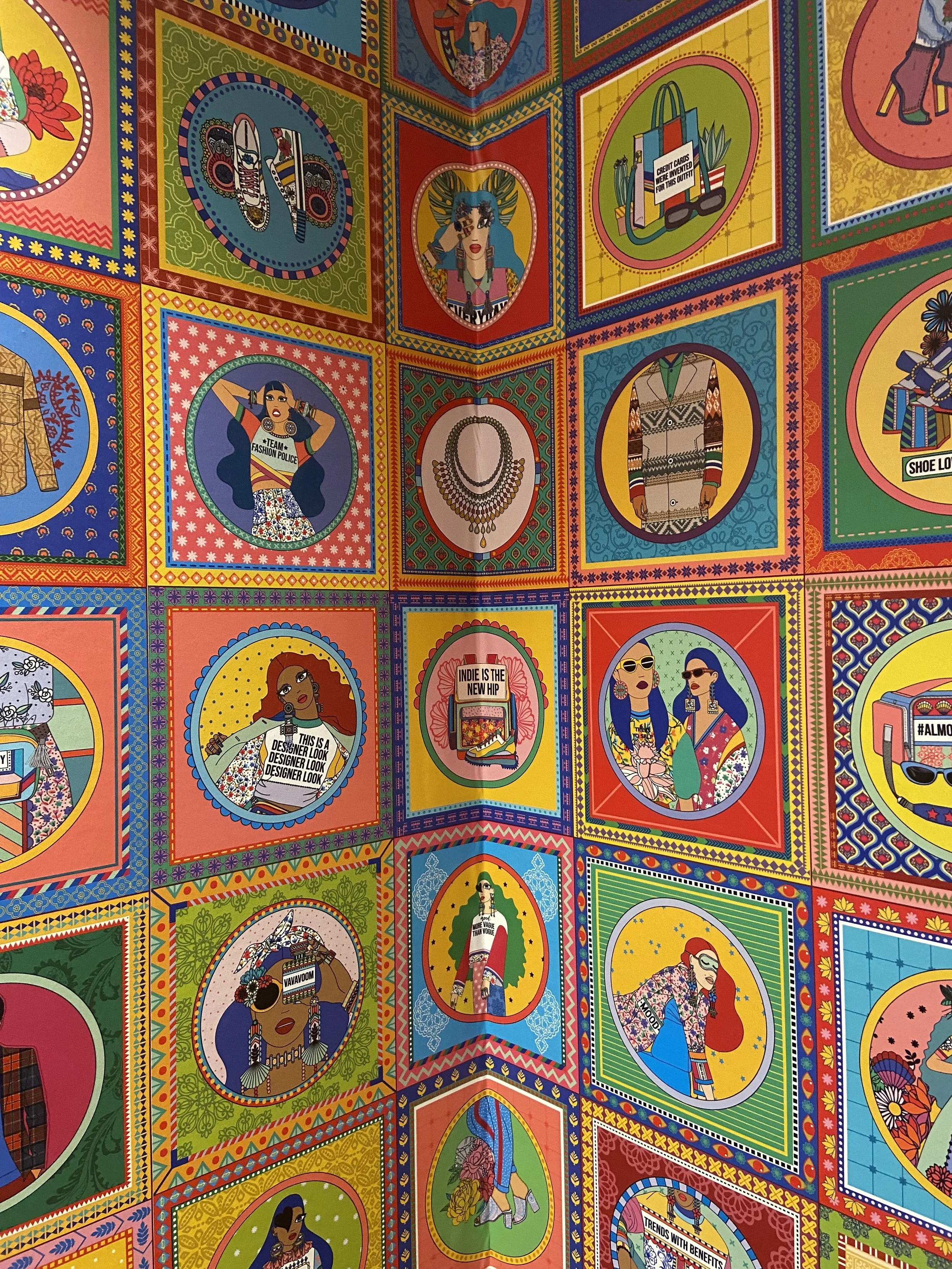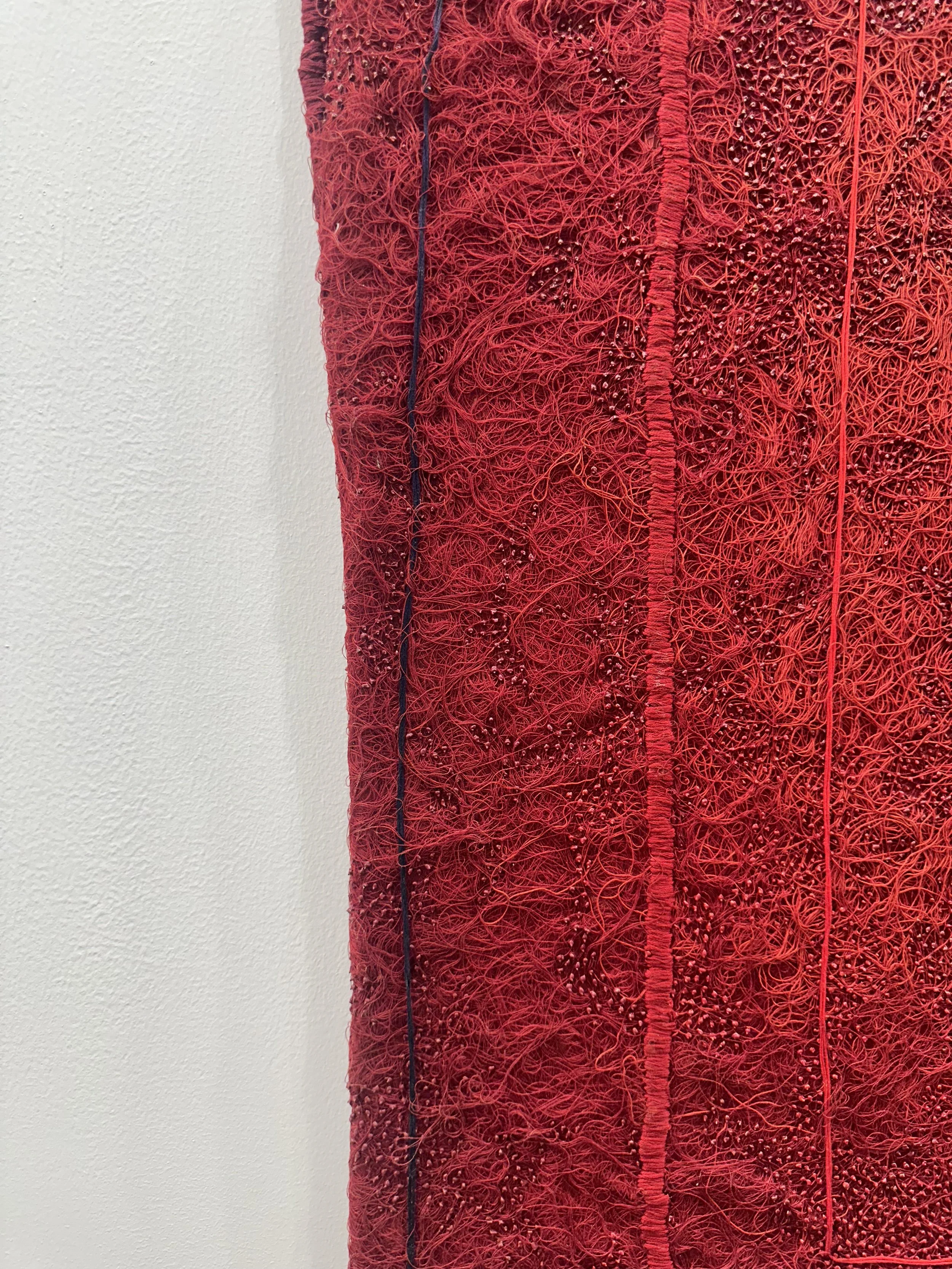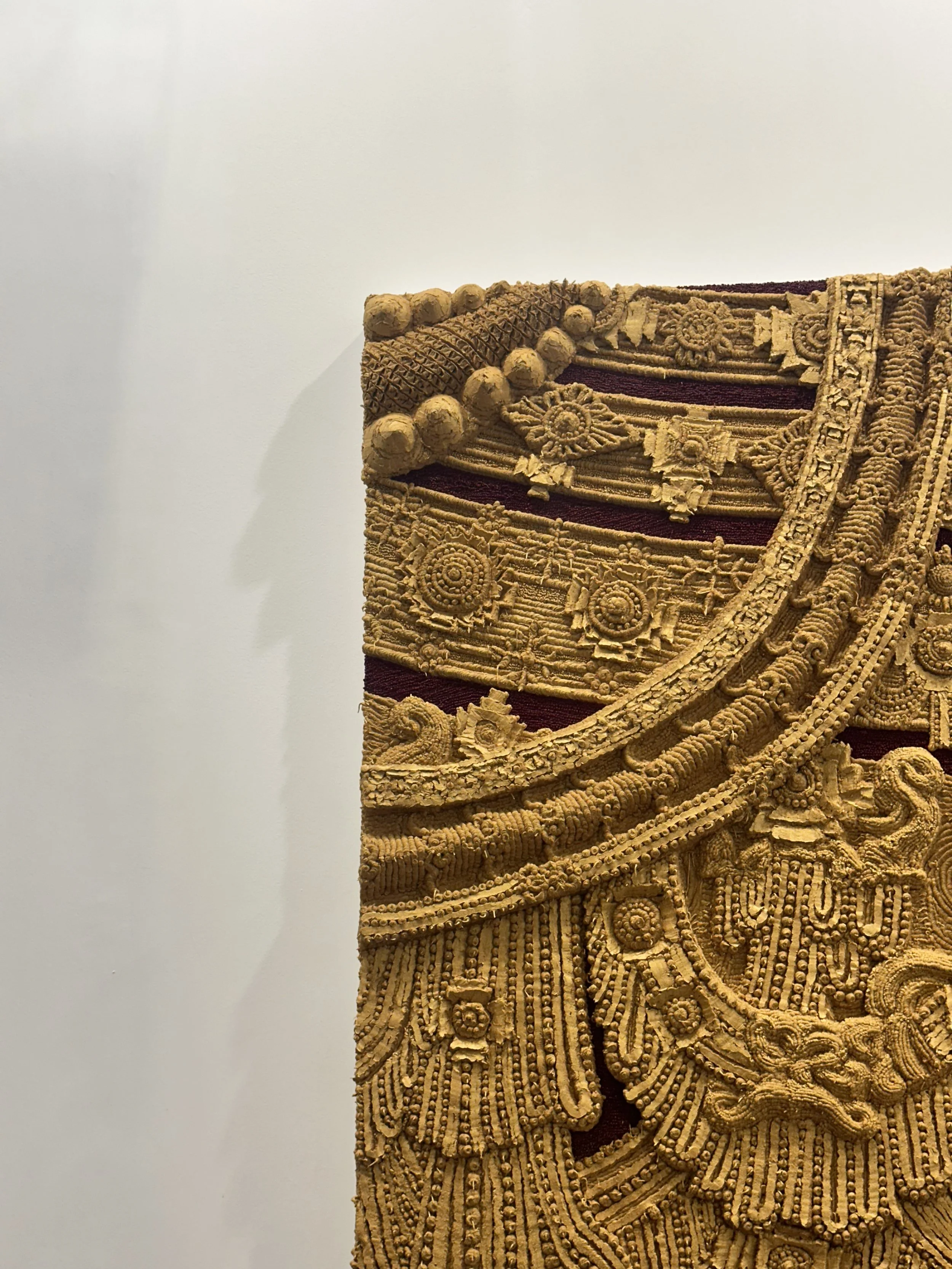India Has Taste. What It Doesn’t Have Is Infrastructure.
Without systems to remember, we forget even our most beautiful work.
I. The Contradiction
India has never been short on taste.
From textile traditions that predate entire economies to a generation of designers, chefs, and architects pushing quietly radical ideas across the country, the creative instinct is alive here; urgent, instinctive, often brilliant. It's visible in the details: a handwoven textile, a hand-thrown vessel, a 12-seat restaurant nestled in the hills of Karnataka, a pop-up gallery bridging archival and modern work. We're building culture every day.
Yet for all our aesthetic fluency, much of this brilliance exists in isolation.
India's creative economy spanning fashion, design, food, art, architecture, and publishing runs on personal willpower. Most creators build without formal mentorship, access to capital, business literacy, or long-term infrastructure. We have ecosystems of talent but lack systems to sustain them.
We celebrate brilliance. We don't systematise it. We export aesthetics. We neglect support. We build brands. But not the scaffolding underneath.
This essay is both a reflection and reckoning. It examines why so many Indian creatives must operate on instinct alone and what needs to change if we want this taste to translate into scale, equity, and global influence not just fleeting moments of recognition.
II. Where the Gaps Are
There is no national creative infrastructure, no unified education ecosystem, no accessible IP framework, and no mentorship scaffolding. What exists happens in silos. You see it in how each city carries its own creative archetype: Bangalore for tech, Delhi for fashion, Mumbai for theatre, Kochi for biennales, Goa for escape. The rest are barely considered.
I grew up in Bangalore knowing I wanted to build a life around creativity but I also knew it wasn't the place to do it. Everyone said it: There's nothing here for you. And in many ways, they were right. There was no industry, no lineage to follow, no clear paths, only underground scenes and private instinct.
So I moved. Like thousands before me, I followed the creative promise to London, Delhi and Mumbai, trying to find my language between production meetings, pop-ups, press lists, and freelance gigs. I loved both cities [controversial, I know] but I've always been a nomad. Put me anywhere, I'll find a rhythm.
Eventually, I came back to Bangalore. For love, not logistics. My husband was here, and my life began to shift around a different kind of gravity. It wasn't the rebel choice I thought I'd make but I've never been one-note. My EQ has always been as loud as my edge.
And when I returned, I realised something: the gaps I left behind hadn't closed. They'd deepened.
Creative infrastructure here remains fragmented. Founders, agencies, and institutions speak of Bangalore like it's an escape room. They come for the cost of living or the occasional artist residency, then quietly drift back north. Subcultures exist in music, theatre, and visual art but remain so underground, they barely have room to grow.
Yes, things are shifting. Hanumankind emerged from this city. So did new-wave publishing. Even Condé Nast opened an office here. The Telugu film industry is making global noise. There's a quiet stir.
But this isn't just about one or a few cities…
It's about a national absence. Creative industries across the country continue to rely on private support and personal momentum, not public investment or cultural priority. There's little protection for intellectual property, virtually no government-led infrastructure for creative acceleration, and no meaningful funding systems for design or arts education at scale. Even today, creative ambition is often framed as deviation, not direction.
And while platforms like Instagram made creativity feel viable for a new generation, the systems behind it tech, IP, funding, mentorship, export remain loose or nonexistent. We celebrate content but don't secure creators.
III. Building Without a Map
I didn't have a clear model for what a creative career could look like. There was no map, no mentor, no industry playbook. So I did what many young Indian creatives do I improvised.
I started my first brand with my mum, CORE, from equal parts instinct and restlessness. A farm-to-fashion label built on sustainability, transparency, and material integrity before these became LinkedIn buzzwords. I taught myself how to price products, pitch to stockists, and speak the language of both artisans and consultants. What I didn't know, I Googled. What I couldn't afford, I hacked. It was exhilarating and exhausting.
There was no IP support. No accelerator. No guidance on scaling without selling out. Every piece of strategy had to be invented from scratch and while that shaped my instincts, it highlighted something deeper: the absence of infrastructure doesn't just slow you down. It erodes your energy. It places creativity and business at odds when they should be collaborators.
After CORE, I shifted industries: AI tech, real estate, hospitality. In some ways, I was chasing stability. But I also wanted to understand structure. How do traditional sectors support growth? How do they measure success? What does scale look like when systems are built in?
That's what eventually led to Form & Flow, my current practice. It's a response to the gaps I've lived—across cities, industries, phases of belief and burnout. Today, when we build brands, we don't just ask how they should look. We ask how they should live. This question comes from years of trying to exist within systems that didn't know how to hold creative work.
IV. What It Costs Us
When creative industries operate without infrastructure, the losses aren't always loud. They're quiet. Cumulative. Often irreversible.
We lose talent to burnout, bureaucracy, other countries. Creators who start with originality and promise often bow out within 5 to 7 years. Not because they lack ideas, but because the system lacks support.
We lose equity because without IP frameworks or legal guidance, creative businesses can't protect what they build. Work gets copied, underpriced, or quietly absorbed into larger narratives. Just look at how often Indian design is repackaged by global brands to understand how value slips through our hands.
We lose momentum because there are no real bridges between creative education and professional opportunity. Design graduates end up in content jobs. Fine arts students turn to styling gigs. Passion becomes survival. This transition happens silently, with resignation, not rebellion.
And perhaps most devastating, we lose memory.
Because we don't fund archiving, document process, or build critical discourse. The stories, techniques, and philosophies that could become legacy fade into fragments. We rely on Instagram grids to hold our history, hoping someone saves the screenshots.
Without systems to remember, we forget even our most beautiful work.
V. What a System Could Look Like
Infrastructure doesn't need to be institutional to be powerful. It needs to be intentional.
We don't need to mimic the West, but we can learn from what works elsewhere. Countries that take creative economies seriously don't treat design, craft, or expression as soft skills. They treat them as strategic industries rooted in policy, protected by IP, and scaled through public-private collaboration.
The UK's Creative Industries Council links government bodies with education, tech, and design. South Korea's Ministry of Culture helped turn its creative exports into diplomatic assets. France funds publishing. Japan funds preservation. Scandinavia funds design. These aren't trends—they're frameworks.
India, by contrast, still treats creativity as individual brilliance and not national strategy.
What would it look like to change that?
Creative capital funds: state-backed grants or low-interest loans specifically for design, art, and brand-building.
IP clinics: legal access points for creators to understand protection, licensing, and ownership.
Micro-accelerators: city-level programs tailored to regional creative identities: Kochi for visual art, Jaipur for textiles, and Shillong for music.
Publishing and archiving grants: to document, critique, and preserve design thinking in India, not just the output but the process.
Mentorship exchanges: connecting first-gen creative founders with experienced cultural entrepreneurs not just on craft but on strategy.
When creativity is treated like a resource, it begins to shape not just taste but employment, exports, and identity.
When creativity is treated like a resource, it begins to shape not just taste but employment, exports, and identity.
VI. Start India and the Power of Ecosystem Thinking
Some of the most transformative infrastructure isn't coming from policy or institutions. It's coming from organizations that understand creativity not just as output but as ean cosystem.
Start India is one of the few public-private models in India actively working to scale art-led interventions across urban spaces, education systems, and public policy. Since launching in 2014, they've completed 350+ projects in 25 cities, worked with over 100 artists, and engaged more than 5 million citizens through public storytelling, murals, residencies, and cultural mapping.
We recently met their team and what stayed with us wasn't just the scale. It was the clarity. The way they track community engagement, institutional buy-in, and cultural value with rigor. It left us thinking: what would it look like if we treated organisations like this not just as inspiring projects… but as infrastructure in themselves?
VII. What We Can Do
01. Archive as You Build.
Document your process. Future creators shouldn't have to start from silence.
02. Teach Strategy in Design Schools.
Invite founders and funders into classrooms. Taste needs translation.
03. Support the Ecosystem, Not Just the Output.
Commissioning is important. So is investing in structure.
04. Make Room for the Middle.
Support businesses that are neither mass nor luxury. That's where originality lives.
05. Think in Generations, Not Campaigns.
Design for longevity. Not trend cycles.
VIII. Infrastructure Is an Act of Care
We often treat creativity as a spark.
But what if it's a structure?
What if the real power of design wasn't just in the object but in the system that allowed it to exist? What if branding wasn't just about how something looks but how it's held, protected, repeated, and remembered?
Because taste is not enough.
Not in a country like ours.
Not anymore.
Without infrastructure, we leave brilliance to chance.
We celebrate the exceptions but fail to design for continuity.
We create in bursts instead of building with stamina.
India's creative economy doesn't need more applause.
It needs support.
Systems.
Strategy.
Time.
It needs people who understand that beauty alone isn't the point.
The point is what survives.
In the end, infrastructure is creativity's most radical act. It says: I believe this deserves to last.



